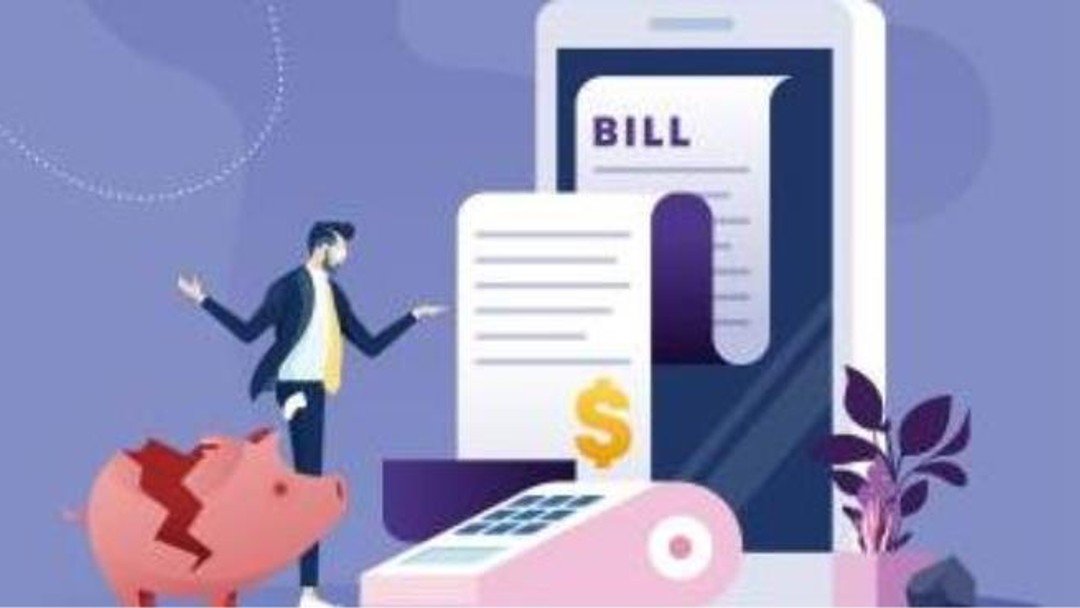Dealing with insolvent opponents

It's not the end of the road if the opposing party becomes insolvent, as Rebecca Stratton explains
The covid-19 pandemic has had a significant financial impact on a large number of companies and individuals. Now more than ever, there will be a number of parties on the brink of insolvency, many of which are currently being propped up by the temporary financial relief offered by the government.
It is anticipated that insolvency processes will increase considerably once that relief starts to be withdrawn and the current restrictions on winding up petitions come to an end.
It can be unwelcome news to learn that an opposing party in litigation is subject to an insolvency process. The other party will need to consider and make a commercial decision regarding whether or not it is cost effective to continue to pursue litigation against an insolvent opponent.
However, all is not lost when opponents enter into an insolvency process and while it can often feel like the end of the line, there are practical steps which can be taken to continue with the claim or counterclaim.
Before insolvency
Parties often enter into an insolvency process without much warning to creditors or interested parties. While some parties are provided with prior notice of certain insolvency processes, such as winding up petitions being advertised in the London Gazette or administrators providing a notice of intention to appoint to qualifying charge holders, most potential creditors are left in the dark until it is too late. Even with prior warning, there are little to no practical steps available to creditors to stop a party entering into an insolvency process.
If there is any indication that an opposing party may be on the brink of insolvency it would be prudent for any party pursing claims against them to try and advance or prove their claims and/or enforce any security before the insolvency process takes hold. This is especially true for claimants with an unquantified claim.
If the parties to a claim can agree the value of the claim, the claimant will be in a much more advantageous position, by having a crystallised debt rather than a disputed debt, in the event that the defendant enters into insolvency.
Another option available to the parties of a dispute, where insolvency is a threat, is to explore alternative dispute resolution (ADR) before any party enters into an insolvency process. It is often more advantageous, from the claimant’s perspective, for the parties to engage in ADR and seek to agree a settlement deal, if this gives the claimant the opportunity to make a recovery (even at a discount) prior to insolvency. In most circumstances this would put them in a better position than awaiting the outcome of the defendant’s insolvency process.
Effect on proceedings
When a party to litigation enters into an insolvency process, depending on the type of process, there will likely be a significant impact on any active proceedings. If no judgment is obtained prior to the party entering into insolvency the other party will be left with what is known as a contingent claim.
In cases of administration, there is a statutory moratorium on all legal process which comes into effect as soon as an administrator is appointed, and an interim moratorium comes into effect if a notice of intention to appoint administrators is filed at court. Parties can continue claims with the consent of the administrator or leave of the court. However, obtaining such consent or leave is often costly and is only available in limited circumstances.
Generally a claim for money alone is not a basis for proceedings to continue, but proprietary claims in relation to property or claims for specific performance, that would not harm the general body of creditors, might be permitted to continue.
In compulsory liquidation, there is an automatic stay against bringing or continuing proceedings. The stay means that no action or proceedings can be brought or continued against the company without the leave of the court. However, security can still be enforced.
If an opponent is an individual who is made bankrupt, a creditor can only commence or continue legal proceedings against them if they first obtain permission from the court, similar to the stay in compulsory liquidation.
In a voluntary winding up, there is no stay or moratorium, but the court has discretion to stay proceedings on the application of any interested party. A liquidator may apply to court to stay claims, to avoid incurring costs opposing the claim or in order to deal with in claim in the course of the liquidation, if appropriate. Parties with claims against the insolvent party may agree to stay the proceedings.
However, they also have the option to continue and try to pursue judgment, although they will need to consider whether or not it is cost effective to do so and what a realistic outcome will be. This will depend on the estimated outcome of the liquidation.
In circumstances where the party has reached an agreement with their creditors by way of a creditors voluntary arrangement (CVA) creditor claims are often compromised, as part of that agreement, limiting parties’ options for enforcement. The impact on claims will depend on the terms of the particular CVA.
Similar to a CVA, the terms of an individual voluntary arrangement (IVA) might also have the effect of compromising claims and therefore preventing continued legal action. However, there is no automatic moratorium. There is an option available to parties to apply to court for an interim moratorium whilst the IVA proposals are pending.
A new standalone moratorium has recently been introduced by the Corporate Insolvency and Governance Act 2020. However, this has not yet been widely adopted. The moratorium is expected to be applied in a similar way to the moratorium in administration, to provide some breathing space for parties under financial pressure from creditors.
Those creditors cannot start claims or take steps to wind a company up, whilst the moratorium is in effect. The moratorium can be lifted and parties can then proceed with the claim with the permission of the court. However, there is no consent mechanism, as in an administration.
Once insolvency has begun
Once an opponent enters into an insolvency process the options available for progressing claims against them will, yet again, depend on the type of insolvency process, together with the type and value of the claim which is being pursued. In any event, parties should submit a proof of debt for the amount they believe is due. In addition, any proprietary claims should be set out to the office holder at an early stage. If the claim is rejected or reduced by the office holder, there are options available to formally challenge that decision under the Insolvency (England and Wales) Rules 2016.
A party with a modest claim might simply choose to be a passenger in the opponent’s insolvency process. This is often the most cost effective way of dealing with small claims against insolvent opponents, as the party with the claim, being a minority creditor, will most likely have very limited influence over the insolvency process.
If a party is a majority creditor, or is able to gather enough support of other creditors claiming monies owed by the insolvent party, then they may wish to exercise some control over the process. The control that majority creditors can exert is limited. However, it does provide some influence over the insolvency process – for example, a majority of creditors can generally choose the identity of a liquidator and vote on important matters, such as liquidator’s remuneration.
It is in the interest of the future office holder to keep major creditors satisfied and they may be willing to listen to their concerns when it comes to the focus of future investigations within the insolvency process. Creditor engagement can often be the difference between a company in liquidation being “buried” and an active investigation, which tries to recover as much as possible for creditors by identifying and pursuing assets and claims.
If a party is an unsecured creditor, they should keep in mind that, even if their claim is successful, they are likely to only see a proportion of the sums they claim are owed after recoveries are made and professional fees have been paid. However, parties should also keep in mind that ultimately recoveries are made for the benefit of creditors, so the insolvency process should be used rather than feared.
Conclusion
With the current, uncertain economic climate, and the expectation that more and more parties will enter into financial difficulties in the coming months, the possibility of opponents entering into insolvency should be a consideration at the forefront of litigants’ minds. Before starting proceedings, deliberation should be given as to the impact of an insolvency process on those proceedings, together with what a realistic outcome would be if the opposing party does indeed enter into an insolvency process.
While there are many issues to take into account when deciding whether or not to pursue (or continue pursuing) an insolvent opponent, there are also a number of options available to seek to recover, at least a proportion of, the original claim. The insolvency of a party to litigation will inevitably have an impact on proceedings and enforcement options. However, it is not necessarily the position that insolvency is the end of the road.
Rebecca Stratton is an associate in the insolvency team at Russell-Cooke.
